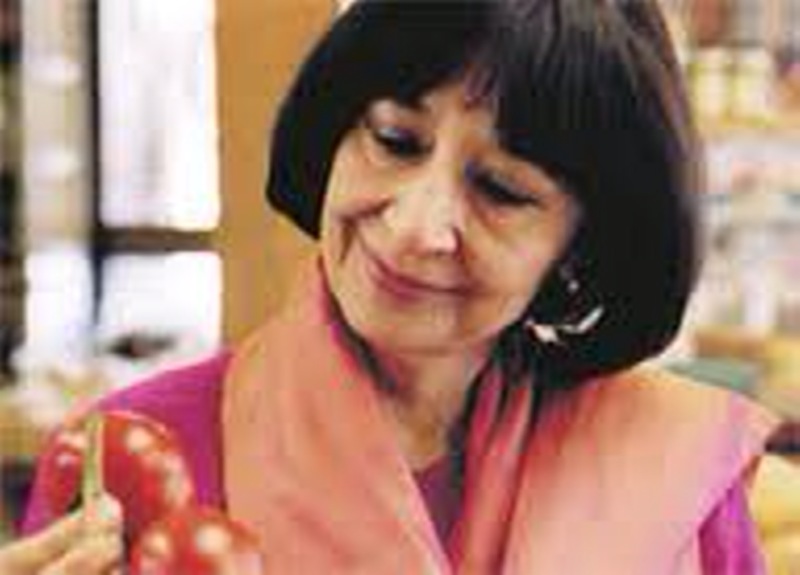Sweet Potatoes or Yams – A Great Thanksgiving Choice in Both the U.S. and Europe
 Tuesday, November 23, 2010 at 2:57PM
Tuesday, November 23, 2010 at 2:57PM Each Thanksgiving both yams and sweet potatoes appear in stateside grocery stores. And though they look similar, these two holiday stables are not the same.
Sweet potatoes are a member of the morning glory family and their blossoms resemble the bright blue flower of this climbing vine. Like the morning glory, the sweet potato is a heat loving plant. It is their need for warmth and sunlight that has defined their place in culinary history.

Sweet potatoes originally came from the warm growing fields of South and Central America as early as 750 BC where they were called “batata”. This indigenous word was later changed to “potato” as languages met and mingled into the New World.
Europeans first encountered the sweet potato when Columbus arrived in the Caribbean. Soon he was exporting sweet potato eyes to Spain where they grew very well under the warm Hispanic sun as the newest elite (and most expensive) vegetable from the New World.
One of Spain’s major clients for the very new sweet potatoes was amazingly Henry VIII.
 In England’s colder climate sweet potatoes simply did not grow well, if at all. Though expensive, Henry VIII was willing to pay a high price for the hundred of pounds of sweet potato that he imported – and why? He thought the sweet potato was an aphrodisiac!
In England’s colder climate sweet potatoes simply did not grow well, if at all. Though expensive, Henry VIII was willing to pay a high price for the hundred of pounds of sweet potato that he imported – and why? He thought the sweet potato was an aphrodisiac!
By the 1700s sweet potatoes had lost enough their sexual association to be a favorite in conservative colonial America. Home cooks from Vermont to Pennsylvania added brandy or rum to the traditional English mixture of sweet potatoes, farm eggs, fresh butter and rich cream and created the now famous northern American Thanksgiving pie.
Meanwhile Spain’s great rival, Portugal was also expanding her overseas colonies (and profits). They imported the American sweet potato to Africa where they held colonies. It grew well in the higher heat of Africa but produced a higher starch level as a result.
Adapted into the rural farming culture of central Africa, the new starchier sweet potato was renamed “nyami” by the African farmers, which in America was mispronounced as “yam”. When the natives of Africa were later captured and transported to America as slaves for the vast southern plantations, the yam also came with them.
And that is why in the English speaking North this remarkable vegetable was called a 'sweet potato” and made into a pie using only a small amount of sugar. In the South, however, the starchier “yam" needed more sugar and was made into a much richer pie by house slaves, who called it by a different name.
Today Europe’s interest in both the sweet potato and the yam is on the rise. Thoughtful Europeans are impressed with this vitamin-packed vegetable. Between 2005 and 2009 more than $51,400,000 worth of yams and sweet potatoes were exported by American farmers to Europe, especially Great Britain.
King Henry, who always loved a feast, would be smiling.
Your Culinary World copyright Ana Kinkaid/Peter Schlagel 2010

























































































































































































Reader Comments (4)
I truly love all of the tough effort you have devoted to keeping this website around. I really hope this remains for a really long time.
thank you for sharing!
Your writing is amazing. I really like your style and taste. I shall read your blog more often in the future.
Your writing is amazing. I really like your style and taste. I shall read your blog more often in the future.